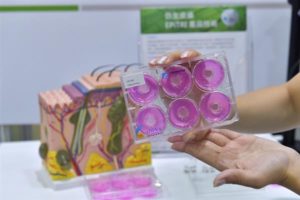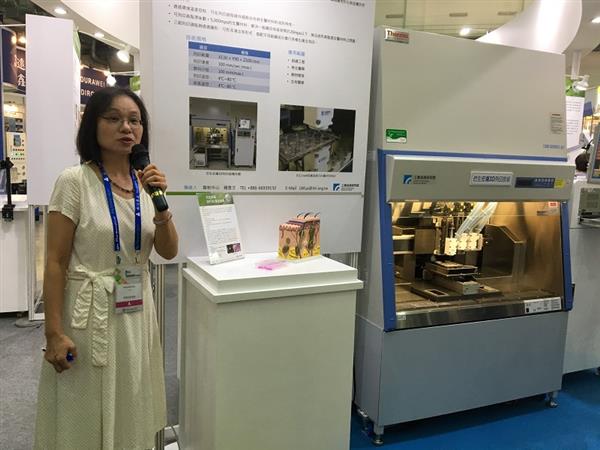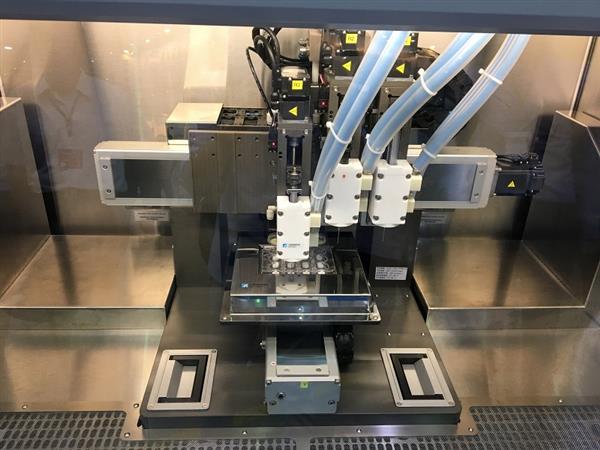Industrial Technology Research Institute (ITRI) used 3D Printing to create EPITRI, a synthetic Chinese skin. The latter could be used for testing cosmetics, drugs as well as medical equipment.
The truth is since 2016, Taiwan is seeking other ways to test their products elsewhere than on animals. The synthetic 3D printed skin is a solution that best serves the need of cosmetics companies.
Furthermore, tests on human skin remain the best indication of how a product could affect the skin of the final user. Moreover, testing on synthetic skin could allow companies to avoid risks (financial and lawsuits if thing go wrong) on human-being.
The creation of EPITRI
EPITRI is a stable and high-quality artificial epidermal tissue. Researchers at ITRI made use of the correct epidermal tissue and differentiation between layers such as the basal, the spine, granular and the cuticle.
The 3D printed skin is almost as real as the normal skin. This includes its barrier function and lipid composition.

A high-precision 3D printing technology (with three print heads) that can print bionic skin at a temperature of just 4°C has been used. However, the temperature of the printer always needs to be controlled in order to keep the cells alive.

Li Chang Zhou, engineer at ITRI explained that it is the first time such a project is conducted at the institute. They will continue the research in tissue engineering and regenerative medicine.
//pagead2.googlesyndication.com/pagead/js/adsbygoogle.js
(adsbygoogle = window.adsbygoogle || []).push({});






